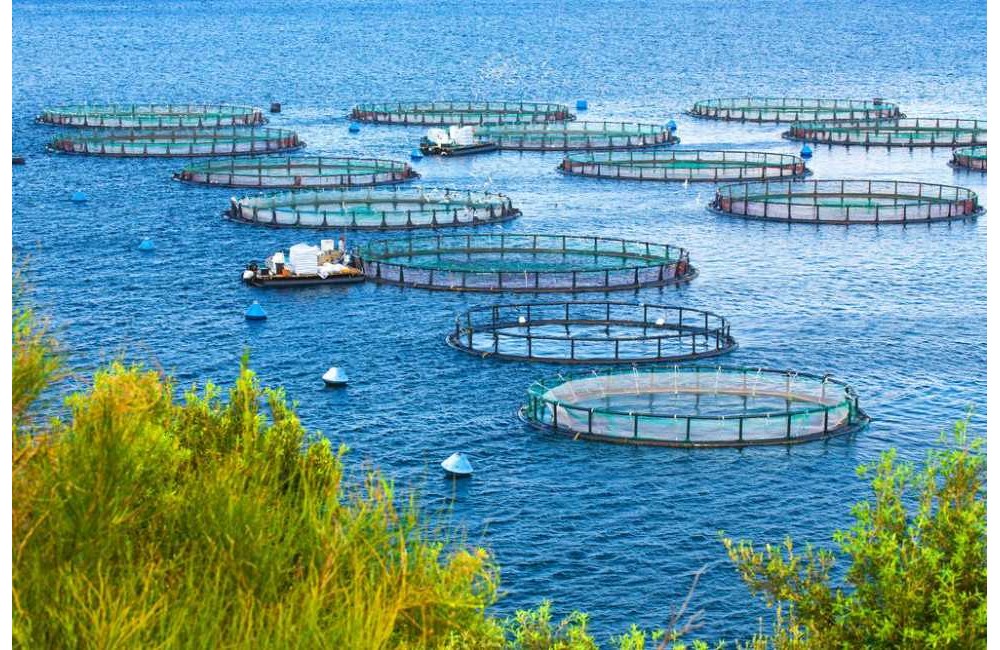
Sustainable Seas? The Truth About Fish Farming
Aquaculture, the practice of raising fish and other aquatic animals in a
controlled environment, has been a topic of debate for decades. While its
original intention was to increase food security, concerns regarding its
environmental impact have overshadowed its potential benefits. However, recent
advancements in technology and regulations have paved the way for sustainable
aquaculture practices.
Past Concerns and Their Causes
Early aquaculture practices faced criticism due to several factors. High
fish density in farms led to nutrient and effluent buildup, potentially
depleting oxygen levels and creating algal blooms. The overuse of antibiotics
to prevent diseases raised concerns about their impact on surrounding
ecosystems. Additionally, escapes of non-native fish species posed a threat to
native fish populations.
Addressing Environmental Issues
Regulatory bodies have implemented stricter measures to prevent negative
environmental impacts. Strategic farm siting with strong currents helps
disperse effluents, and rotating farm locations minimizes the impact on any
single area. Land-based aquaculture offers an alternative with minimal impact
on local ecosystems.
The use of antibiotics is declining as safe and effective vaccinations for
farmed fish are becoming widely used. Underwater cameras and regular
inspections of cages help prevent fish escapes.
Sustainable Advantages of Aquaculture
Farmed seafood boasts a significant advantage in resource efficiency compared
to other animal proteins. With a feed conversion ratio of 1.1, it essentially
produces one pound of protein for every pound of feed used. This ratio is
significantly lower than beef, pork, and chicken.
Close monitoring of farmed fish allows for greater control over
environmental contaminants. Farmed fish typically consume human-processed feed
with regulated toxin levels, minimizing their exposure to mercury and heavy
metals.
Shellfish aquaculture can improve water quality by filtering out excess
nutrients, preventing effluent buildup. Integrating them with finfish farms
(polyculture or IMTA) creates a symbiotic system where shellfish consume
uneaten feed and fish waste, further reducing the farm's environmental
footprint.
The Rise of Sustainable Practices
The aquaculture industry is actively seeking ways to lessen its
environmental impact. Sustainable fish feeds are gaining traction, with
fishmeal and fish oil being replaced by trimmings from processing plants and
plant-based proteins.
Conclusion
Aquaculture has undergone significant improvements in recent years, making
it a viable solution to meet the growing global demand for seafood. Sustainable
practices are readily available, and it is up to the industry to embrace them.
Farmed fish should no longer be dismissed as unsustainable; it can be a
resource-efficient protein source for a growing population.
